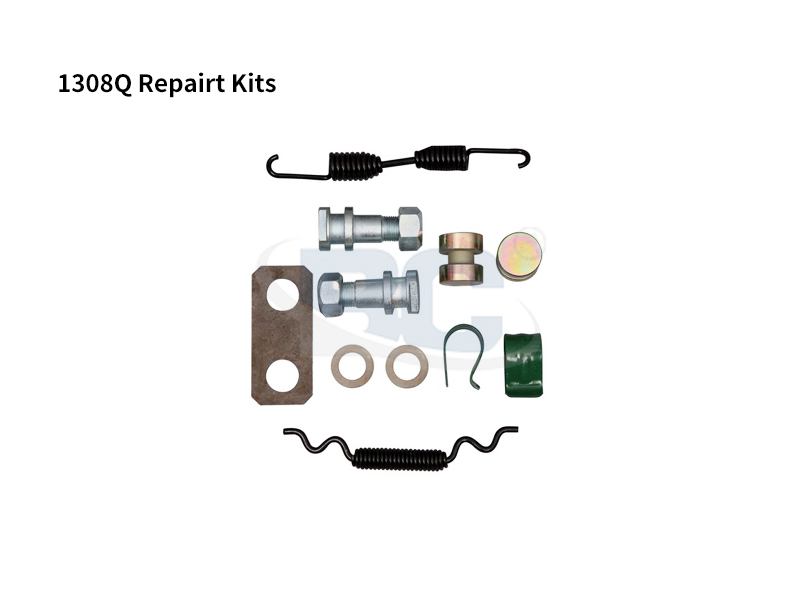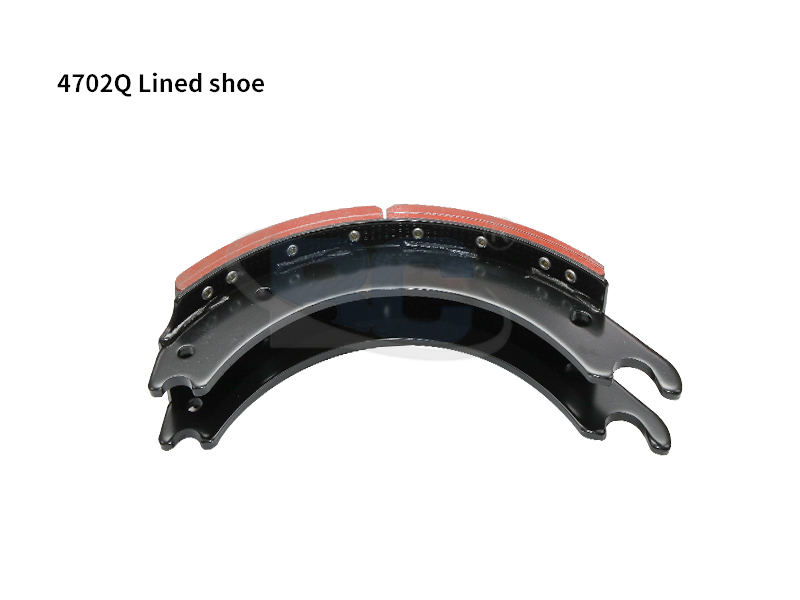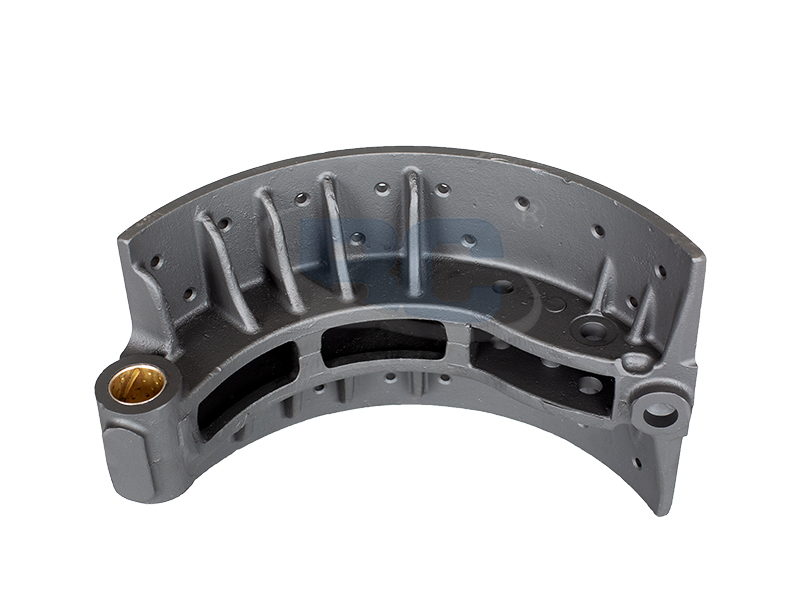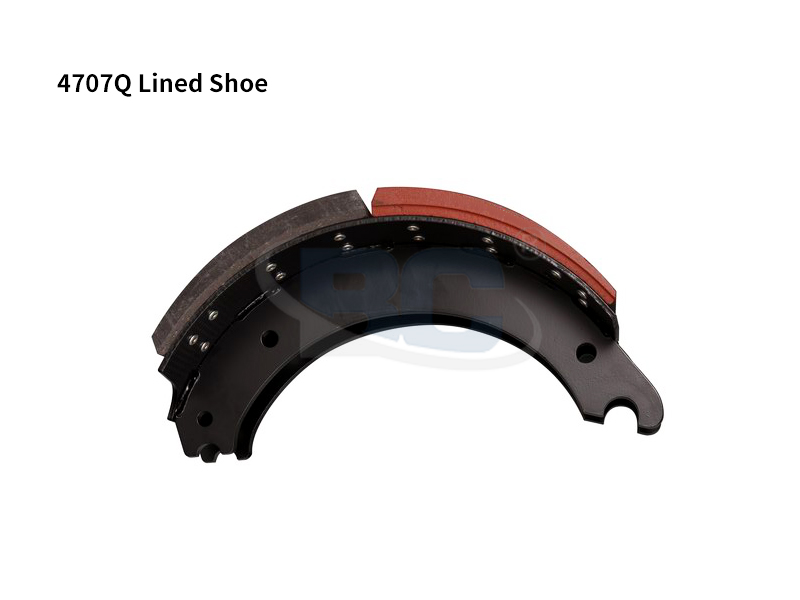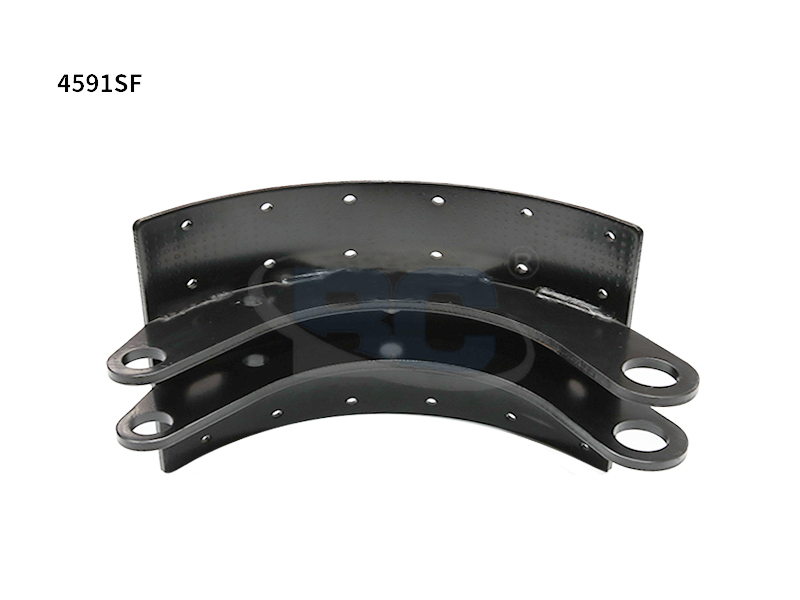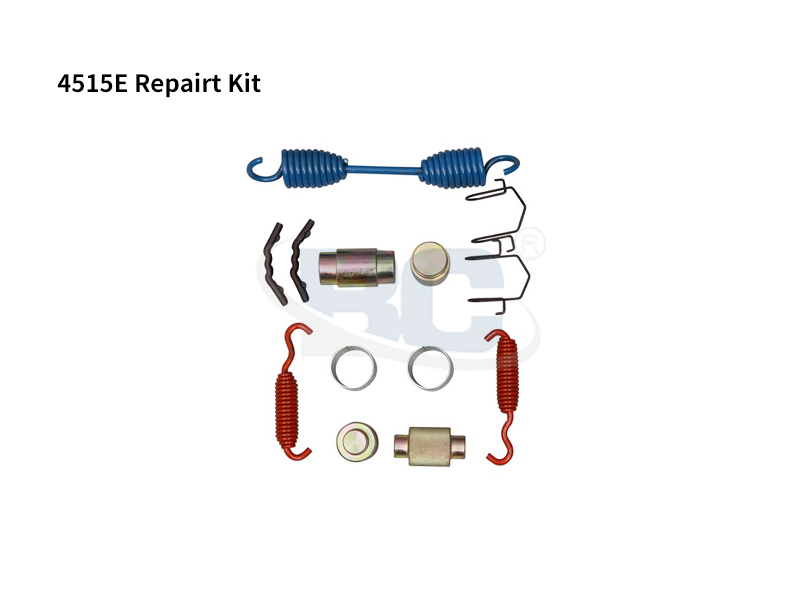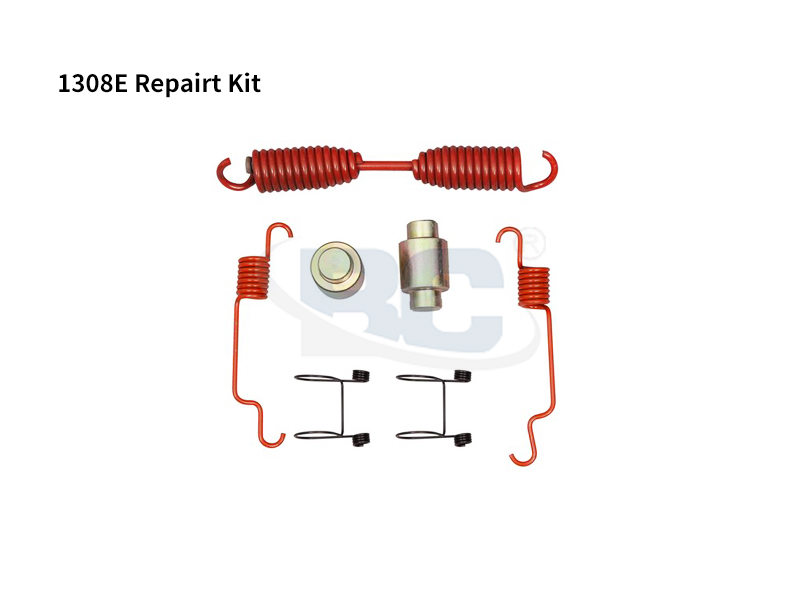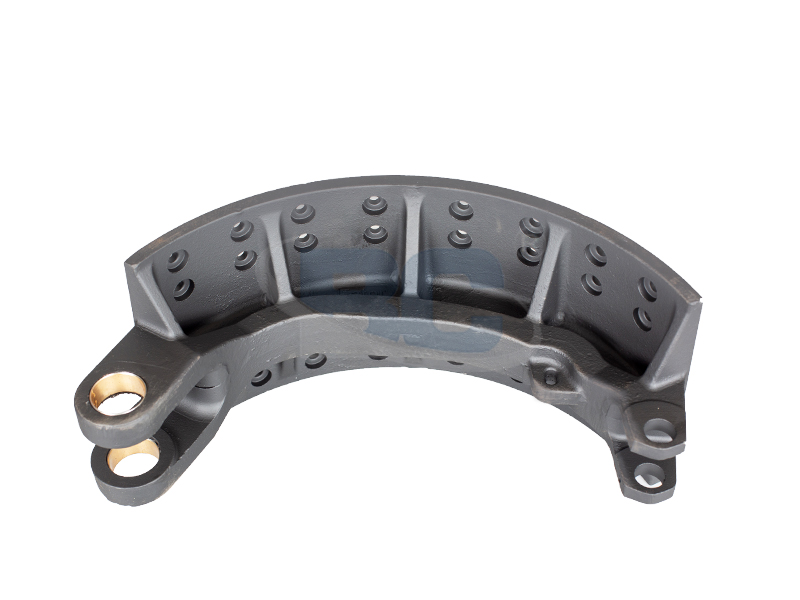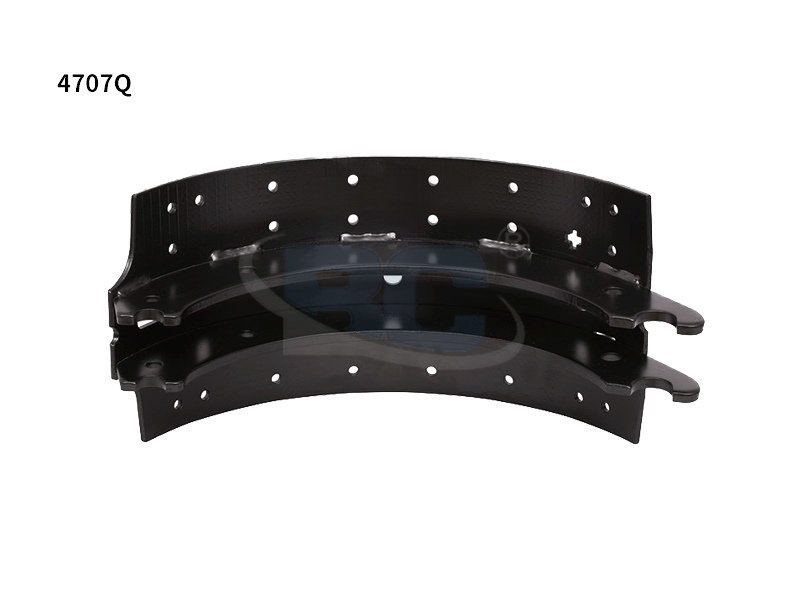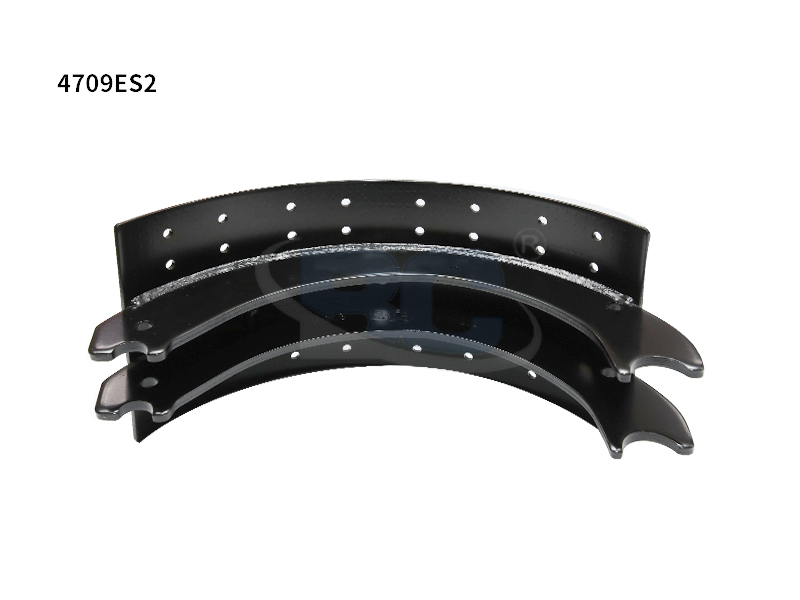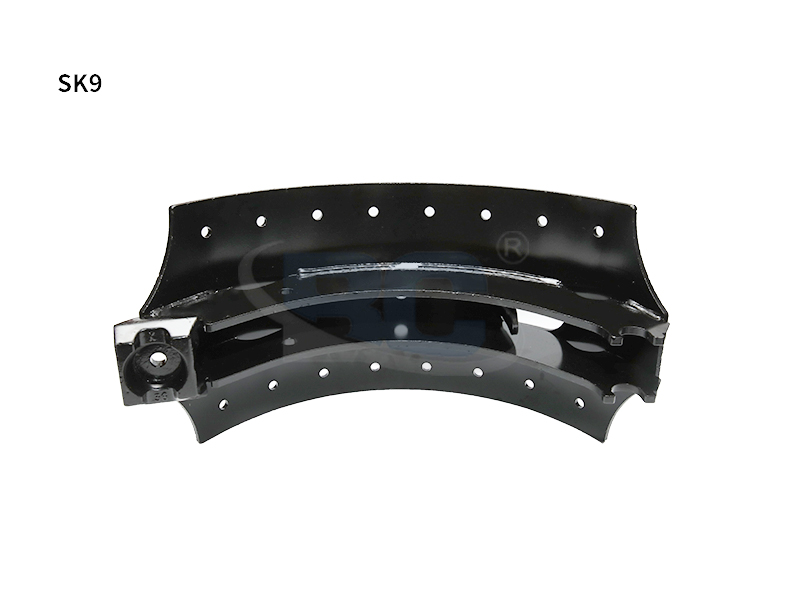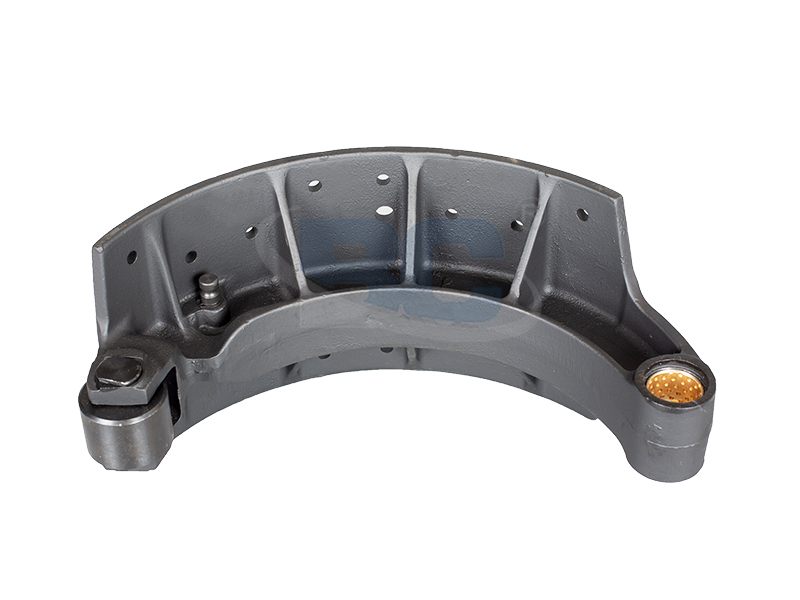Brake Lining and Brake Shoes - How Are They Different?
Brake lining is the term given to the thin plastic layer that protects brake calipers from rusting, making the friction-causing damage of brake pads more tolerable. Brake linings also help prevent the oxidation of brake pads, which can cause discoloration and heat buildup. Brake linings are often the most expensive part of a braking system to maintain, since they must be changed every few thousand miles or so for the sake of brake efficiency and heat dissipation.
Brake linings are made of a flexible plastic film that is sprayed on top of the caliper and rotor surfaces. It is typically made out of a hardy thermoplastic material that has good heat conductivity and good plasticity, with a tolerance for many years' worth of use. There are many different kinds of brake lining, and each one performs differently. Brake linings have developed over the years to become a key part of many modern day brakes systems.
Brake pad friction material is one of the things that rotors and pads share. Rotors are primarily composed of iron, stainless steel, aluminum, or magnesium. Brake pads, which are made primarily out of synthetic polyurethane, are also made out of this material. Most rotors have surfaces that are grooved in order to prevent brake dust from accumulating. This friction material acts as an abrasive scrubber against the rotor surfaces, removing built up brake dust and helping to clean the rotors of any grit or scuff that might accumulate.
A major benefit of brake lining is that it provides extra protection to the rotors and calipers, preventing corrosion, rusting, and even the growth of bacteria and mould. Brake linings are available in several different materials, depending on what type of braking systems they're meant to serve. In addition to different materials, they can be designed to resist different temperatures. Brake linings for tires that are used on aggressive driving environments such as off-road trails should be made out of a tougher material, such as carbon. On the other hand, brake linings that are intended for standard on-road use should be constructed out of a more flexible material, such as carbon or fiberglass.
There are several different grades of asbestos, and most people are exposed to it through the various fibers that make up brake pads and rotors. High grades of asbestos are typically suited for use in buildings only; however, low grades of asbestos are commonly found in brake lining materials, and these too can be dangerous. Asbestos fibers can become airborne during a crash, and even when brake pads aren't used on a vehicle, airborne asbestos can remain airborne in the air long after a vehicle has stopped.
When shopping for a quality braking system, it's best to find a supplier that offers both products for replacing worn rotors and brake pads as well as a line of brake lining materials. Not only will this give you more options, but it may also save you money by not having to buy two separate products. In addition, most suppliers offer installation services so that you don't have to spend time and money on customizing your brakes or replacing worn rotors.
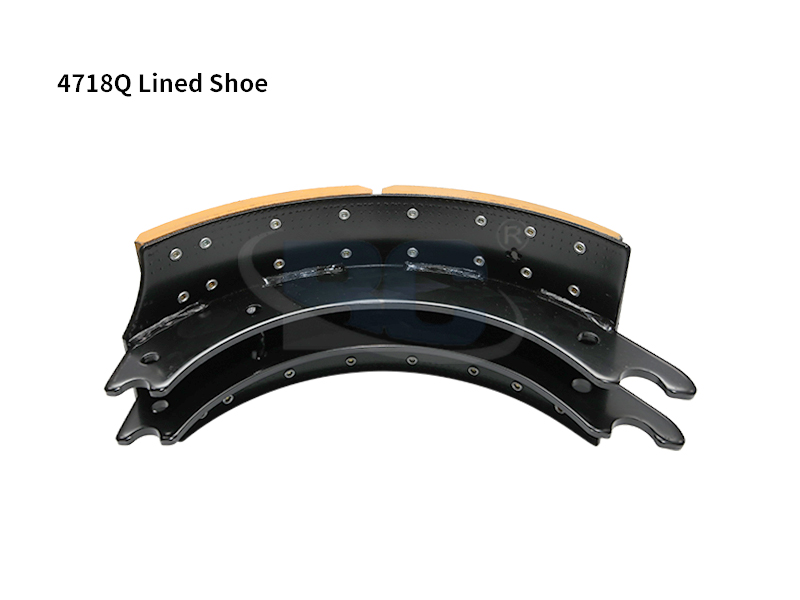

 English
English 简体中文
简体中文